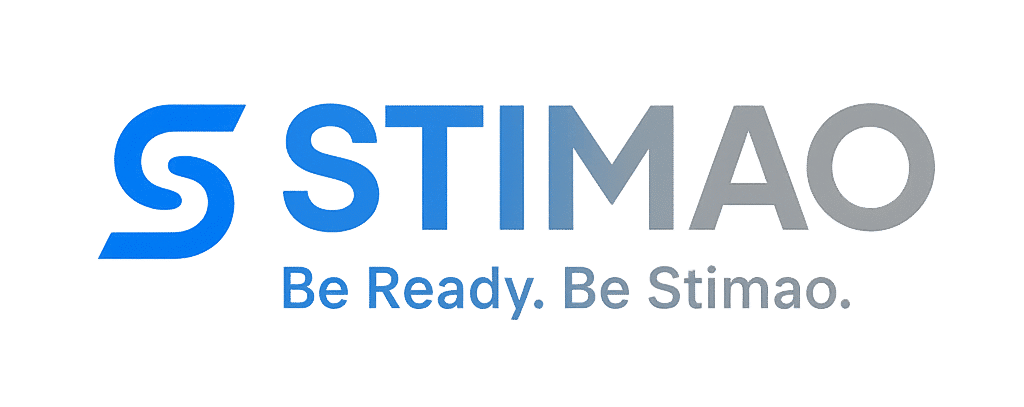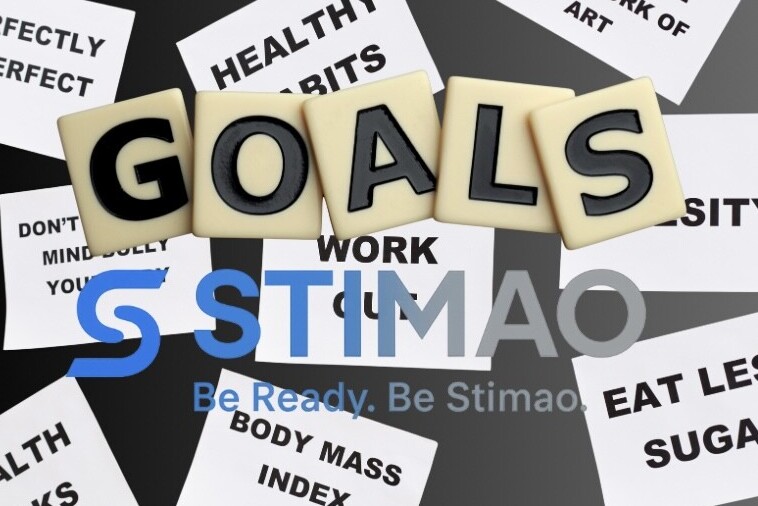 Overtraining can be a silent saboteur in your fitness journey. It sneaks up on you when you’re putting in too many hours at the gym without giving yourself a break. Recognizing when you’re pushing too hard is crucial. Fatigue, mood swings, and even declining performance can all be red flags. It’s like when your phone battery needs recharging before it dies completely.
Overtraining can be a silent saboteur in your fitness journey. It sneaks up on you when you’re putting in too many hours at the gym without giving yourself a break. Recognizing when you’re pushing too hard is crucial. Fatigue, mood swings, and even declining performance can all be red flags. It’s like when your phone battery needs recharging before it dies completely.
Balance is key in any workout routine. I can’t stress enough the importance of listening to your body. When you’re feeling worn out, it’s probably time to scale things back. Rest days aren’t just excuses to slack off; they’re essential for helping your body recover and grow stronger. I’m saying, when you rest, you’re actually still doing something important!
So how do you keep things balanced? Mixing up your workout schedule might just save you from going overboard. If you love running, don’t do it every single day. Throw in some yoga or swimming sessions. This not only helps prevent overtraining, but it also keeps your workouts exciting and fresh!
I’ve chatted with some fitness pros who swear by taking things down a notch occasionally. One running coach tells me she always includes at least one rest day in her runners’ weekly schedule, ensuring their muscles have time to heal and adapt. Remember, even professional athletes take breaks! Resting is as much a part of training as any exercise.
Ultimately, maintaining balance means being in tune with your needs and responding to what your body is telling you. After all, fitness isn’t just about working hard. It’s about working smart, understanding that rest, just like training, plays a crucial role in your progress.
Mastering Proper Form: Your Key to Effective Workouts
Using the wrong form during workouts is like trying to text while driving—something’s bound to go wrong. You might think you’re crushing it with that heavy weight or intense sprint, but without proper form, you could be heading towards injury. Plus, it could mean you’re not getting the most out of your workout.
Before jumping into any exercise, a proper warm-up is essential. Skipping it is like trying to get your car going on a cold morning. Taking a few minutes to warm up helps to loosen up your muscles, making it easier to maintain the form when you start your main exercises.
Across exercises, be it squats, bench presses, or yoga poses, maintaining the right form ensures efficiency and safety. When lifting weights, for instance, keep your back straight and use your legs, not your back, to generate power. This reduces the risk of injury while honing the right muscles.
You don’t need to be a pro bodybuilder to make form a priority. Using mirrors or getting feedback from trainers can be immensely helpful. Many times, we think we’re holding a pose correctly until we see ourselves or are corrected. Mirrors aren’t just for selfies—they’re tools for perfecting your stance and movements.
Also, I’ve found that recording your workouts can be eye-opening. Seeing what you thought was perfect can sometimes tell a different story. With time, as you align your form with the correct techniques, you’ll notice improvements not only in the mirror but in how you feel and function day-to-day.
Diversifying Your Fitness Routine: Shake Off the Monotony
Ever felt like your workouts have hit a wall? Sticking to the same routine every day is like watching reruns of the same TV show—it gets stale fast! Plus, it might mean you’re missing out on making gains. Mixing things up isn’t just fun; it’s critical for continuous improvement.
One big mistake many folks make is ditching strength training, thinking cardio is all they need. Muscle building isn’t just for bodybuilders—it boosts metabolism, helps with weight loss, and makes daily tasks easier. Lift some weights or try resistance bands, and you’ll see the benefits extend beyond just muscle.
Then there’s the power of stretching. It’s not just for gymnasts. Flexibility exercises not only enhance workout performance but also prevent injuries. Incorporating regular stretching sessions can help you maintain a full range of motion, making those daily lifts and bends much smoother.
Trying new activities is the spice of your fitness life. Maybe swap out a run for a Zumba class or substitute cycling for an occasional hike. These tweaks not only keep things exciting but can also target different muscle groups, avoiding the dreaded plateau.
Cooling down after your workouts is the unsung hero of exercise routines. It helps lower your heart rate and relax your muscles, setting the stage for better recovery. Often overlooked, a good cooldown usually involves light stretching and deep breathing.
Introducing variety while ensuring you’re not skipping the fundamentals—like cooldowns and proper recovery—can breathe new life into your fitness goals. The end goal is not just about working out, but feeling good about it. And doesn’t that sound worth it?





